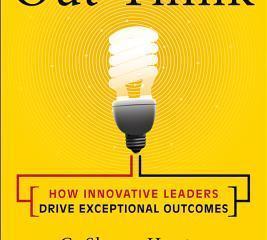
Summer seems to bring an increase in violence both in our private lives and at work. Law enforcement in some areas has already shown concern for potential violence.
The majority of workplace incidents happen during the summer months and usually do not include the horrific shootings we periodically hear about on the news.
Workplace violence is any behavior or threat that can result in injury, damage to property, cause a feeling of fear or otherwise interfere with the normal workday. Threats, harassment, intimidation, bullying, stalking, physical or sexual assaults and homicides fall in this category.
Most people think: "It will never happen here. We donât need training and policies to prevent any type of aggression. It always happens to others."
This is what the âothersâ thought until it was happening before their eyes.
Every business that has customers entering their facility should also keep in mind that not only are employees likely to be involved but customers and vendors may also be subjected to or be the cause of danger.
The amount of time it takes to train employees on what to look out for is minimal.
Business owners should ask themselves "Is the potential grief, blood shed and legal ramifications of not being trained worth the risk?" This is something owners must seriously consider.
The signs of potential violence are almost always there. Companies need to take a close look at their personnel policies and provide training so employees can spot the signs of potential violence and learn the steps they need to take. To overlook the obvious could be inviting legal problems from victims and their families if violence occurs. The legal issues could include things such as negligent hiring, negligent retention and negligent supervision, to name a few.
Experts have divided violent incidents into four categories involving:
1. People who have no relationship with either the victims or the establishments;
2. Offenders currently receiving services from the business;
3. Current or former employees acting out toward their present or past employer;
4. Domestic disputes between an employee and the aggressor that spill over into the workplace.
In preparing for possible violence, DON‘T say the company will do everything possible to prevent workplace violence. That would set an unrealistic expectation and could have legal ramifications.
In addition to the physical threat, consider the after effects. More than 75 percent of employees involved in violence suffer psychological problems.
The following check list covers only a small number of things that should be included in a class on âRecognizing and Dealing With Potential Violence in the Workplaceâ:
- Develop a zero tolerance policy that defines unacceptable conduct and how to report problems;
- Address employee relation issues quickly and fairly;
- Train employees in what to look for;
- Make sure exits are not blocked;
- Have an easily accessible list of who to call;
- Be alert for signs of domestic or sexual violence among employees.
If something does happen, the following should be standard practice:
- Immediately address the situation at hand;
- Call the police;
- Direct the media to a company spokesperson. No one else should talk to the media.
Take action and get your employees and management trained to recognize and report potential violence in the workplace. It is not difficult, expensive or time consuming. The important thing is getting someone who has experience in teaching this class.
Educate employees that the "little signs" and "gut feelings" are vital.
And remember – When seconds count, the police are only minutes away
Roger Bishop is a certified human resources specialist who owns and operates Applied Human Resources, Inc. in Las Vegas. He has experience in retail, manufacturing and logistics. He specializes in helping small to medium size companies and non-profit organizations. Reach him at 702-237-1333 or by email at Roger@AppliedHumanResources.com.






